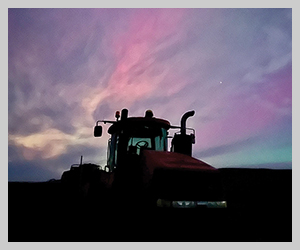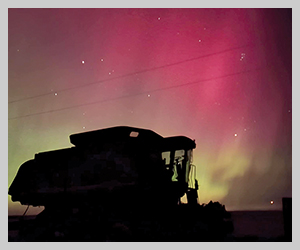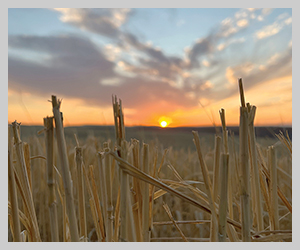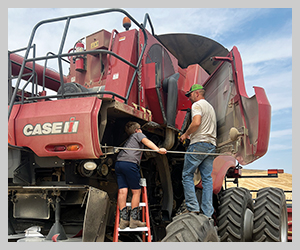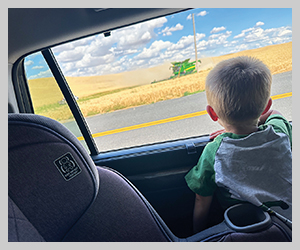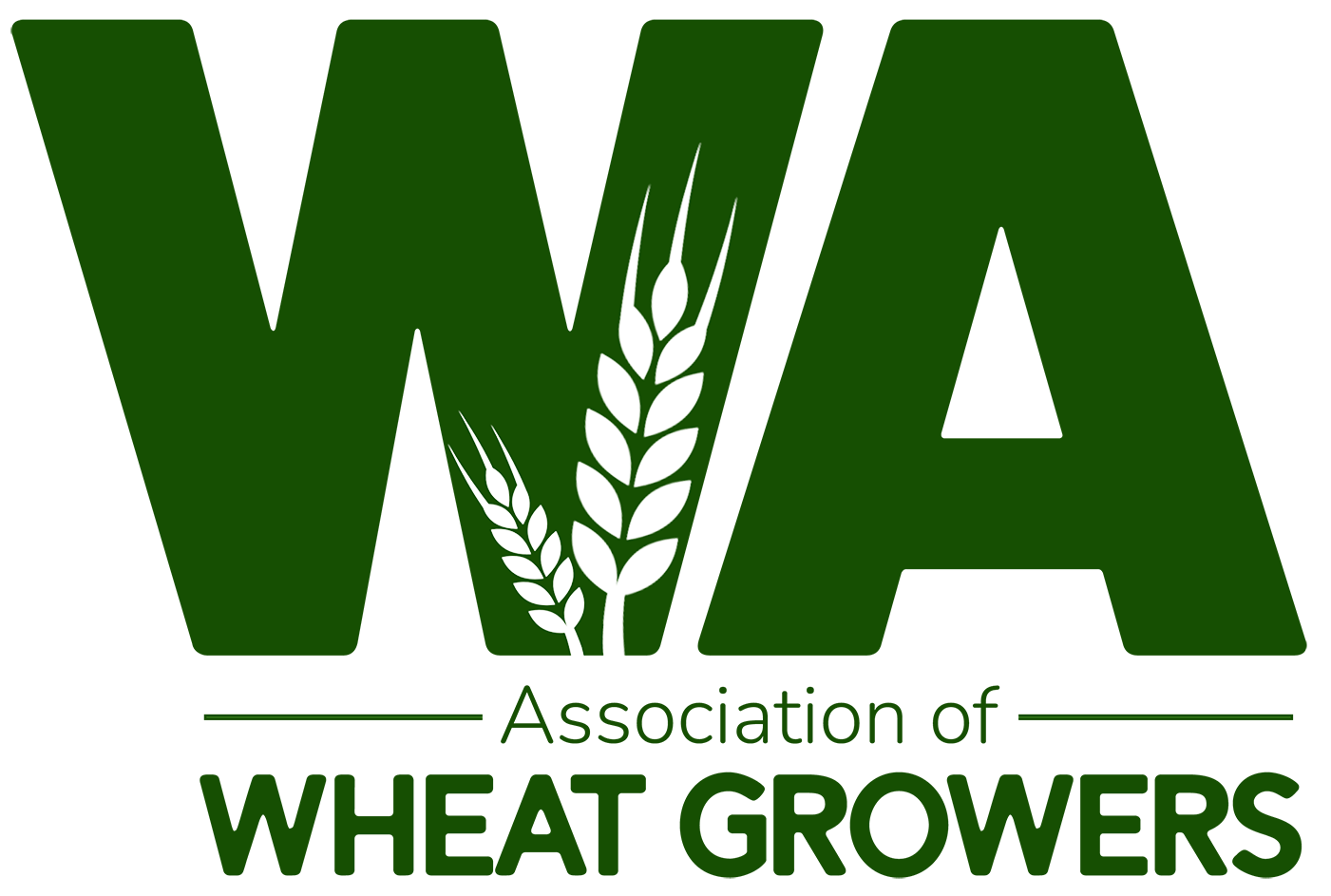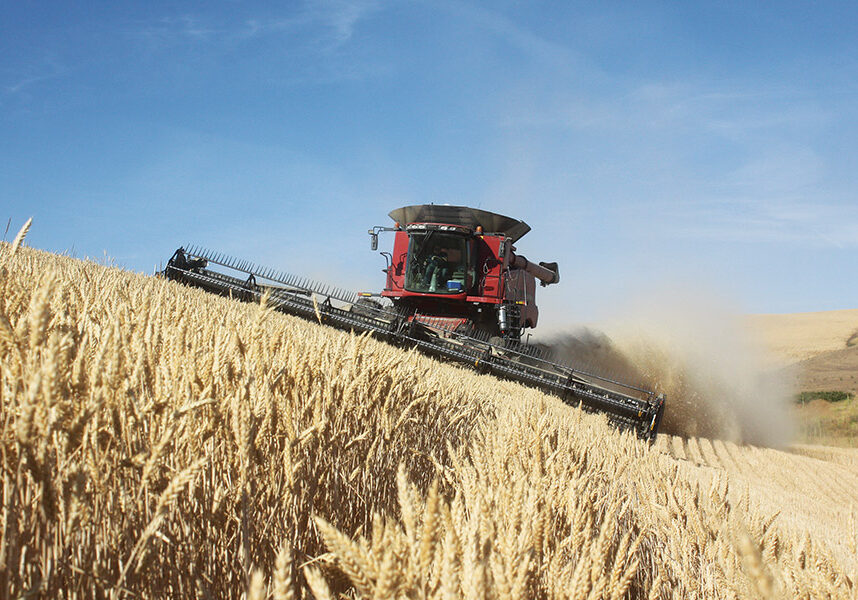
Nine, maybe 10 months ago, Eastern Washington farmers planted their winter wheat crop. Now they’ll find out if they’ll be able to recoup their investment.
Winter wheat, which was planted the previous fall, ripens first, followed by spring wheat. Combines started hitting the fields in Benton and Franklin counties in July, moving north and east through August and September. Most wheat will be harvested by mid-September, although growers in higher elevations may still be harvesting spring wheat as late as October.
During harvest, combines cut the wheat heads off, leaving the stalks. As that residue or stubble decomposes, it will help replenish soil nutrients, protect the ground from wind and water erosion, and shelter next year’s crop. Some growers will bale the residue and use it as animal bedding or in animal feed. In no-till and direct seeding operations, next year’s winter wheat crop will be planted directly into the previous crop’s residue.
From the field, wheat is trucked either to on-farm storage bins or directly to a local county elevator. Because of limited storage capacity, many county elevators often funnel grain to larger, more centralized elevators using trucks and train cars.
Depending on how big the harvest is, grain may be temporarily stored outside in huge grain piles. The final leg of grain’s journey happens when it is sold, which can be months after harvest. Most of Eastern Washington’s wheat is destined for overseas markets, such as Japan, the Philippines, and South Korea. The grain is loaded onto barges from elevators along the Columbia or Snake rivers, or onto railroad cars, and sent to export terminals in Vancouver and Portland where it is loaded onto ocean-going vessels.
At each step along the journey, the grain is tested and inspected for quality, test weight, and protein. If any of those are found to be lacking, the farmer is docked and will receive a reduced price for their grain.
While farmers have little control over some things that could negatively impact grain quality, like drought, inputs applied months before harvest are key to growing a high quality, high yielding crop. In the spring, farmers apply a nitrogen fertilizer to help maximize their yield, but because nitrogen can also increase protein, they have to carefully balance how much nitrogen is applied. High protein is desirable in some classes of wheat, but not others. Additionally, fertilizer is very expensive, so farmers want to apply only what is needed when it is most beneficial. Growers will also apply pesticides to the growing crop to deal with weeds, disease, and pests, all of which can impact grain quality and yield. Like fertilizer, pesticides are extremely expensive, so they are applied sparingly and only when needed.
Even if a farmer’s harvest is outstanding, they aren’t out of the woods yet. They must sell their crop at a high enough price to pay back the money they’ve already spent on seed, inputs, fuel, and equipment, plus have enough left over to purchase seed and inputs for the next year’s crop. The price of wheat is dictated by the global market; wheat farmers have very little negotiating power and as costs rise, can’t pass those increases to the consumer.
By early fall, most Eastern Washington growers will have finished harvest and moved on to planting their winter wheat crop. Depending on the weather, they may “dust” the wheat in, which means planting in very dry conditions and hoping the rain will come, or they might wait to plant until some rain falls.
This special section is a collaboration between the Washington Association of Wheat Growers and the Washington Grain Commission. Download a pdf of Seasons of Farming: Summer/Fall.
Other articles in the Seasons of Farming: Summer/Fall section:



